There is a quiet revolution in education, one not led by textbooks or chalkboards but by digital tools that reimagine how learning takes place. Classrooms are no longer confined to four walls. With online platforms, cloud-based content, and smart devices, the structure of teaching and learning is shifting toward more interactive, efficient, and personalized experiences.
I still remember attending a digital learning workshop a few years ago where one educator, clearly overwhelmed, said she had dozens of scanned student assignments but no way to edit or combine them quickly. That day, I introduced her to PDFinity, and within minutes, she had merged, labeled, and compressed files ready for review.
Her relief was visible, and since then, I have encountered many similar stories in school districts, training seminars, and staff rooms where practical tools changed the way educators interacted with student materials.
Change the Way Students Learn
Digital tools are no longer just enhancements; they are central to the modern educational framework. Video conferencing platforms allow real-time collaboration. Cloud-based apps support simultaneous editing and storage. These tools eliminate traditional constraints like limited class time and offer continuous access to resources.
A Gallup study found that most teachers believe digital apps help students do better by allowing personalized learning. What was once just an idea is now happening in real classrooms, and the positive results can be clearly seen.
Help Organize Your Work in One Place
Digital documents are a big part of this change. From lesson plans to quizzes, teachers need quick, secure, and flexible ways to manage different file types. They often have to merge, split, add notes, and protect PDFs in seconds. Without the right tools, they end up wasting valuable time on manual work that could be done instantly.
Using optimized tools makes it easy for teachers to distribute editable learning materials, secure sensitive records, or gather signed forms within seconds. Centralization improves not just convenience but compliance with education data privacy requirements as well.
Help Students Learn from Home and School
The rise of blended learning environments has made tech tools non-negotiable. When students participate remotely, tools that allow for real-time sharing, editing, and interaction become critical. Teachers need platforms that adapt to changing formats and still maintain coherence in learning objectives.
Educational websites like this one on remote learning effectiveness have highlighted how the right technology ensures that students in hybrid models are not left behind. It’s not just about replacing physical tools but designing digital-first ecosystems that promote equity and accessibility.
Create Collaborative Learning Opportunities
Today’s classrooms are collaborative. Students co-create, discuss, and review work as teams. Educators use interactive whiteboards, shared drives, and discussion platforms to maintain engagement. Tools that allow students to submit editable assignments, receive visual feedback, or build group projects help in developing soft skills like communication and teamwork.
A fellow high school English teacher shared that her students used annotation tools to review each other’s essays. By giving feedback quickly and in a visual way, the process became more interesting, fair, and effective. What once took an entire class period on paper became an ongoing, flexible discussion that kept students engaged and responsible for their work.
Data Security and Privacy in EdTech
With growing use comes growing concern. Schools handle sensitive student data like grades, behavioral records, and medical reports. That makes security and compliance top priorities. Digital apps must combine encryption, access controls, and audit trails to stay in line with data privacy laws.
For example, the ability to restrict PDF access or apply secure digital signatures ensures that only the intended recipients can view certain documents. Teachers and administrators can meet policy requirements without hiring dedicated IT personnel.
Save Time by Automating Repetitive Work
When teachers use automation, they get more time to focus on teaching. Tasks like printing, collecting, and grading papers are now easier to handle or even skip entirely. With simple drag-and-drop PDF tools and smart integrations, a teacher can create full worksheet sets for several classes in less than an hour.
This not only cuts down on mistakes but also keeps the work consistent and frees up hours every week. These time savings are especially valuable in busy or underfunded schools, where teacher burnout is a big concern.
Conclusion
Online apps are not replacing teachers. They are amplifying their reach, precision, and impact. From making admin work easier to changing how students interact with lessons, these tools have become key to success in education. When used wisely, they make schools more efficient, inclusive, and flexible. Looking ahead, the classrooms that succeed most will be the ones that use technology to boost, but not replace, great teaching.

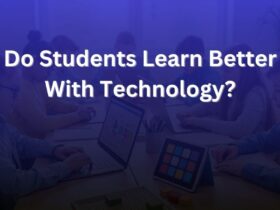



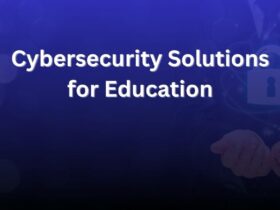
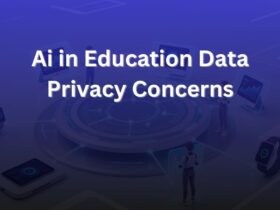
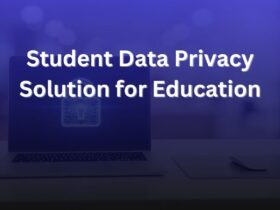







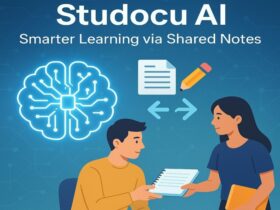




















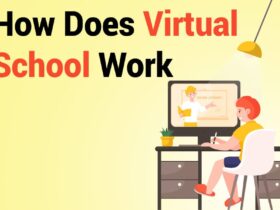
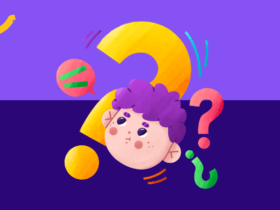






Leave a Reply